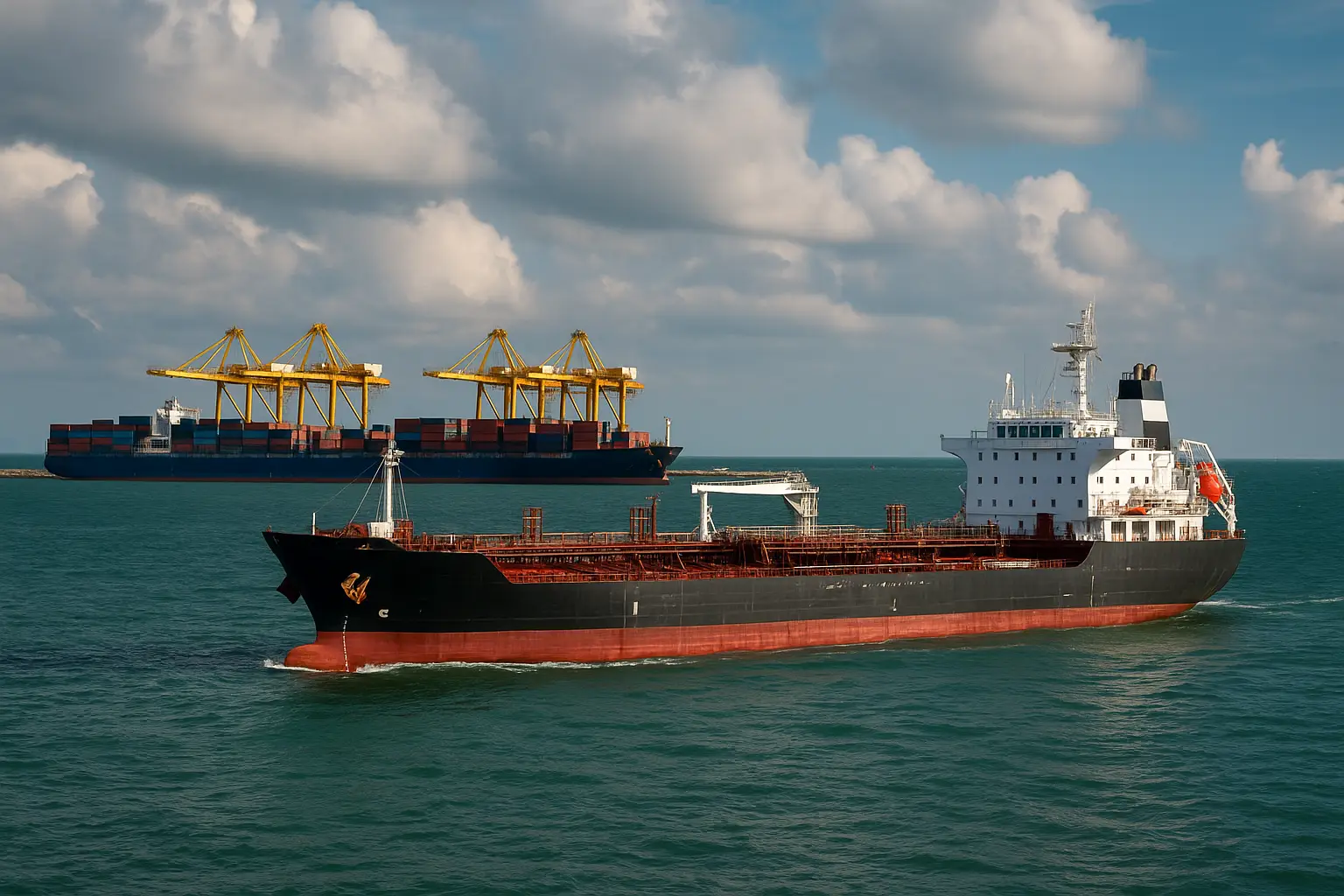Earlier this month, Pakistan made a bold play to reassert influence in Indian Ocean trade by acquiring three second-hand tankers for US$193 million.
But this isn’t just a fleet upgrade—it’s a signal: Islamabad is determined to reposition itself as a key maritime player in the region.
Strategic Context & Motivations
- Rebalancing direction: After decades of relying on land routes through Afghanistan and transit via China’s CPEC, Pakistan seems to be restoring emphasis to its creaking maritime capacity.
- Gwadar Port ambitions: The country’s strategic investment in Gwadar (already a focal point in Belt & Road narratives) stands central. Pakistan needs ships and operator control, not just docks, to capitalise on its gateway.
- Maritime self-reliance: By owning tankers, Pakistan reduces vulnerability to charter costs, foreign flag dependence, and gives itself leverage in regional logistics negotiations.
Challenges & Strategic Hurdles
- Aging tonnage: The tankers are ‘second hand’—so upgrade and maintenance burdens loom large. Without modern refits, these could be costly liabilities.
- Operational know-how & crew: Owning ships is one thing; running them safely, profitably, and up to global standards is another. Pakistan will need talent, systems, and partnerships.
- Geopolitical friction: The Indian Ocean is crowded with actors—India, China, Oman, Iran—and trade routes (via Malacca, Hormuz) are heavily contested. Pakistan’s ambitions will jar against the strategic interests of neighbours.
- Cargo mix mismatch: Tankers help for oil, gas, and liquid bulk. But container trade (manufactured goods, consumer imports) is another beast entirely. Pakistan’s infrastructure will need parallel scaling for container walls, logistics parks, and multimodal links.
“Pakistan’s recent US$193 million acquisition of three secondhand tankers signals more than routine fleet modernisation.”
— From Container News opening observation
This reflects how the acquisition is read less as replacement capacity and more as a deliberate strategic pivot.









